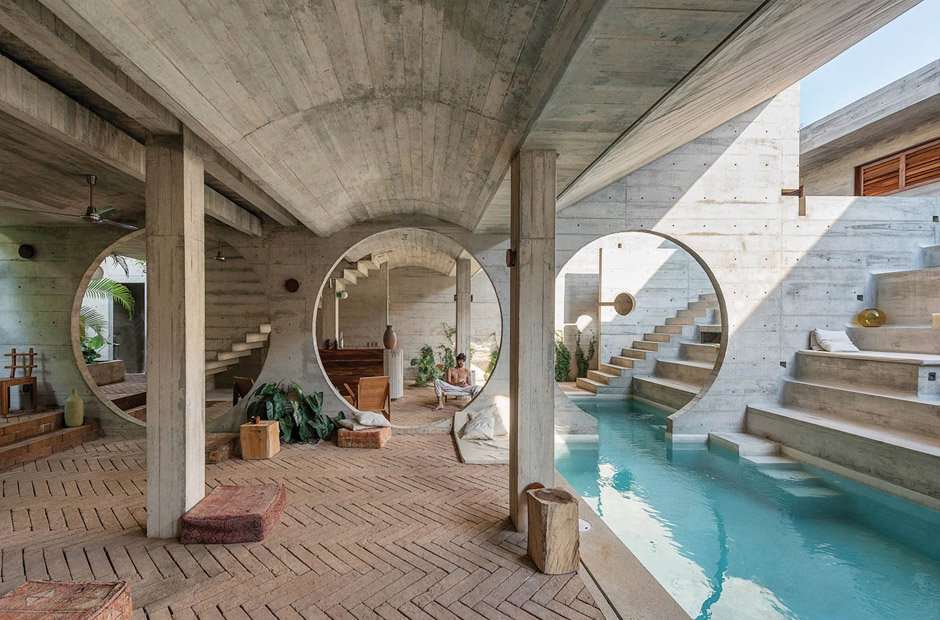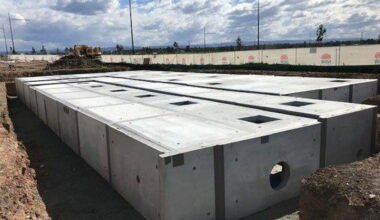Key Takeaways
- Understanding the essential roles architecture, interior design, and planning play in crafting functional and inspiring environments.
- Learning how collaboration across these fields can elevate aesthetic and practical project outcomes.
- Discovering innovative trends that influence how professionals envision and utilize space today.
- Exploring practical strategies and expert advice for building integrated project teams and achieving project goals.
Laying the Foundation: Why These Disciplines Matter
Crafting truly remarkable spaces demands a seamless integration of architecture, interior design, and planning. These are not isolated pursuits; they form a triad that influences experiences, communities, and entire cities. Many designers and urban planners today recognize that meaningful projects start with a holistic understanding. For example, Aspen architecture demonstrates how the artful blending of site, form, and environment can produce innovative spaces rooted in their context. This integrated approach is what elevates a project from ordinary to outstanding.
The significance of each role cannot be overstated. Architects design the skeletal frame and structural systems. Interior designers weave comfort, light, texture, and mood into the finished space. Planners ensure that each space fits the needs of its users and harmonizes with the larger community. Without coordination, projects can lose sight of crucial details and miss opportunities to enhance health, efficiency, and aesthetics. But when these professionals work together, even challenging sites and unique program requirements evolve into sustainable landmarks that serve for generations.
The Art of Collaboration: Fusing Distinct Expertise
The richest spaces are the results of dialogue between different expert perspectives. Each discipline brings specialized knowledge, including code requirements, spatial optimization, and emotional resonance. By fostering collaboration, teams break down barriers and find inventive solutions to complex problems. This is echoed in the in-depth review of architecture as an art form, highlighting how cross-disciplinary partnerships are at the heart of the most celebrated works.
Consider a team tasked with revitalizing a historic building in a bustling neighborhood. The architect ensures the structure meets modern safety standards and honors its legacy. The interior designer balances period details with contemporary comfort, perhaps introducing color palettes or materials that tell the building’s story. The planner might propose pedestrian-friendly pathways and green spaces, inviting the community to interact with the site. When each perspective informs the others, the design process thrives, leading to places that inspire and endure.
Designing for People: Responding to Human Needs
The best-designed spaces enhance the way people live, work, and connect. This is not only about visual aesthetics but also about how spaces promote health, accessibility, and inclusivity. The layout of a hospital, the acoustics of a library, or the daylight in an office impact how individuals feel and function within those environments. According to the WHO’s Housing and Health Guidelines, elements such as air quality, lighting, and ergonomic design are vital in creating supportive environments.
Prioritizing human needs is more than just a design philosophy—it is an essential practice. For example, schools with calming colors, ample outdoor spaces, and safe circulation routes positively affect students’ emotional well-being and performance. Thoughtful offices that offer varied work zones and quiet areas address diverse work styles and improve employee satisfaction. By approaching every project with empathy, professionals create places that are stunning and tailored to how we move, interact, and grow.
Sustainability at the Core
Environmental responsibility is now a defining feature of excellence in design. Building sustainably involves every stage—from a selection of building materials to the day-to-day energy use of a finished space. Professionals focus on maximizing efficiency and minimizing waste at every turn. For example, architects may harness passive solar design principles to reduce heating and cooling loads, while interior designers source renewable materials and avoid chemicals that harm air quality.
Planners help projects fit sustainably into their environment by considering how they interact with infrastructure, natural habitats, and long-term community goals. By integrating rainwater harvesting systems or green roofs, teams create more resilient buildings that support local ecosystems. Sustainable design also results in lower operating costs and higher property values, making it an ethical and wise business decision. This commitment to stewardship ensures that future generations inherit spaces that nurture, rather than exhaust, their surroundings.
The Latest Design Trends You Need to Know
- Biophilic Design: A growing body of research advocates for integrating natural elements in built environments. Living plant walls, nature-inspired materials, and expansive windows improve air quality, reduce stress, and boost productivity. This approach is widely adopted in workplaces, hotels, and residential buildings.
- Adaptive Reuse: More designers are transforming old warehouses, factories, and shipping containers into vibrant, functional spaces. This approach preserves cultural heritage and significantly reduces the carbon footprint compared to new construction, making it a favored method in urban revitalization.
- Innovative Spaces: Remote sensors for climate control, voice-activated systems, and internet-enabled appliances are revolutionizing how people use and experience their spaces. Smart home and office technologies offer unparalleled convenience and help optimize energy efficiency.
- Multifunctional Layouts: As work-life dynamics shift, particularly in the post-pandemic era, demand for adaptable spaces has surged. Modular furniture and movable partitions allow single rooms to quickly transition from home offices to family living areas or studios to event spaces.
Keeping up with these design trends reflects a commitment to forward-thinking, user-centric design. Professionals who remain agile and embrace new technologies and methods are better positioned to meet the evolving needs of clients and communities.
Real-World Success Stories
Around the world, cross-disciplinary collaborations have produced as functional as beautiful destinations. The transformation of abandoned industrial areas into vibrant districts—complete with workspaces, homes, and recreation—shows how creative thinking and teamwork revitalize entire communities. A successful example might be a former factory reborn as an arts campus, where architectural innovation preserves the building’s heritage and a thoughtful interior welcomes artists and visitors alike.
On a more personal scale, residential projects can demonstrate striking results when the team recognizes the site’s nuances and the household’s unique needs. A hillside home, for instance, might rely on an architect’s vision to frame breathtaking views, an interior designer’s expertise to bring warmth and flow, and a planner’s insights to organize access routes and landscaping. Such outcomes are only possible when all voices are valued throughout the process.
Practical Ways to Foster Collaboration
- Start Early: Bring architects, interior designers, planners, and stakeholders together from day one to set clear goals and expectations.
- Leverage Technology: Collaborative platforms and digital models keep everyone informed and contribute to transparency. Tools like BIM (Building Information Modeling) facilitate real-time feedback, reducing costly miscommunications.
- Host Regular Meetings: Routine check-ins create structure and provide space to address challenges and celebrate progress. These sessions build trust and keep the project moving forward cohesively.
- Encourage Feedback: Promote an open environment where team members feel empowered to share ideas or voice concerns. Diverse perspectives—the hallmark of this field—lead to well-rounded outcomes.
Embracing these principles ensures that the design journey remains positive, efficient, and rich with opportunities for creative discovery.
Imagining the Future: Where the Disciplines Meet
The future of design lies in boundary-crossing collaboration. Modern challenges—urbanization, climate change, shifting demographics—require all hands on deck. Professionals who enjoy breaking down traditional silos and sharing ideas are leading the way toward spaces that feel vibrant, adaptable, and sustainable.
Tomorrow’s projects might see architects prototyping new forms of shared housing, interior designers orchestrating environments that support mental well-being, and planners using big data to redesign public infrastructure. The most significant advances will come from teams who listen and learn from each other, consistently placing the needs of people and the planet at the heart of every decision. Creative synergy between architecture, interior design, and planning ensures that the spaces we build today will inspire for decades.



